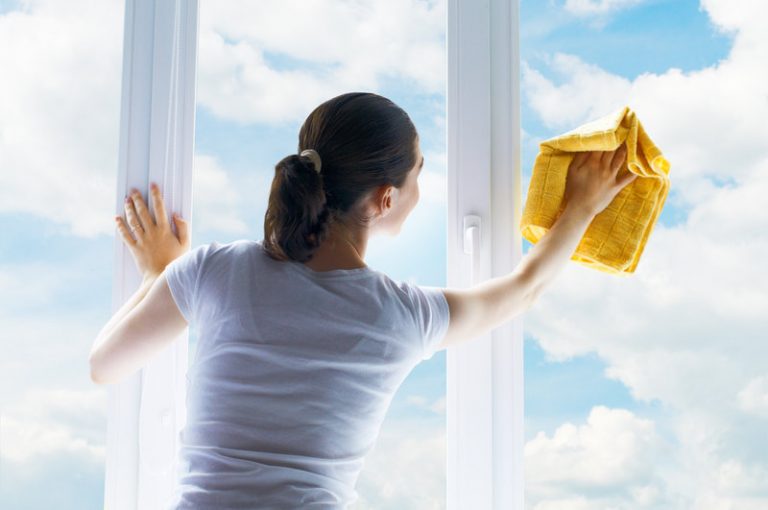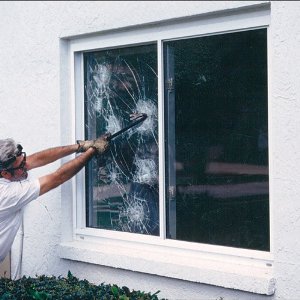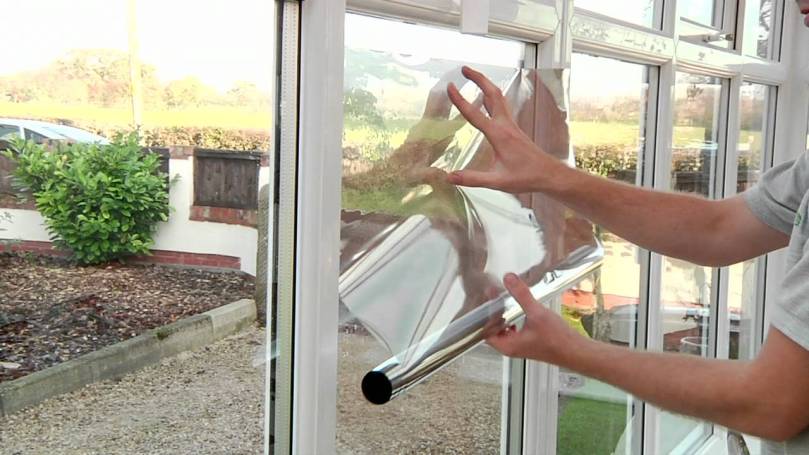
Oftentimes, we are filled with questions in our minds before we come up with a decision to have a window film installed in either our residential or commercial properties. Here are Daystar Window Tinting’s 30 most Frequently Asked Questions and our answer to each one of them.
- How much does it cost to tint home windows?
On average, homeowners pay between $300 to $800 to tint the windows of their home. The price for the window film ranges from $2 to $100 per square foot, with an additional cost for installation between $5 to $10 per square foot.
- Why should I have window film installed?
Depending on your need, there are several reasons to choose a window film. Window film can help reduce interior heat, utility costs and glare, increase privacy and fade protection, improve occupant comfort, extend air conditioning equipment life, and add protection from accidents, storms, earthquakes, and burglaries.
- Is residential window tinting cost-effective?
Yes. Window tinting can block as much as 80% of the sun’s heat. This is especially beneficial during the winter season, as your window film retain interior heat, resulting in lower heating expenses. In the summer, it reduces the solar heat gain by blocking out the UV rays, which in turn will reduce the amount of time that your air conditioner needs to run. Thereby, decreasing your energy bill!
- Is window tint applied on the interior part or the exterior?
It is advisable that window tints be applied on the inside. Initially, the film is laid out on the outside of a window and is cut out to fit. Then, those pieces are placed on a large piece of glass and trimmed before being installed on the inside of your home’s windows.
- My windows seem to have “water bubbles” after tinting! Is this normal?
Also called blistering, water bubbles after window tint installation is nothing to be worried about. This is perfectly normal and should go away in time on its own after the film cures properly.
- Are window tints an effective way to keep privacy in my office?
Yes, window tints are an effective factor in keeping your privacy in the office; you don’t need to shut the blinds to prevent the people from peeping in, as this is completely achieved through window tinting. It offers privacy without having to create closed cubicles or cave-like office nooks.
- How much would I be able to save in my business if I decide on having commercial window tint?
As an entrepreneur, you can save as much as 10% on your monthly utility bills, which can add up to thousands of dollars per year in large commercial spaces.
- How can a tinted security window film protect my business?
When potential robbers break the glass, the tough window film holds glass shards together so the window can’t be entered. Dangerous glass shards are held in place until they can be safely removed, and a new window is put in place.
- Vandalism is a problem in my area. Should I push through with my plans of having a window tint installed in my property?
Safety and security window film can also help keep graffiti or etchings from becoming a permanent problem. A film that can ensure safety and security that is durable enough to withstand vandalism without harming the valuable glass beneath can be made.
- Is it possible to see through mirrored window film in the evening?
When it comes to one-way mirror films, they still allow vision through the glass in most lighting conditions. The effect is reversed where the reflective ability is now on the inside of your windows, specifically, when it’s dark outside, and you have your lights on inside. You can’t easily see out, but everyone can see in with these conditions.
- Is there a film that provides privacy during nighttime?
Yes, but no window film can completely block the view from the outside during nighttime while allowing you to see through it from inside at the same time. The only way to get complete nighttime privacy with a window film is by choosing a frosted or opaque type of film. These films will accomplish nighttime privacy, but in most circumstances, you will not see through the glass, either way, day or night.
- How long does window film last?
Window tint films of high-quality often have a lifespan measuring years or even decades. Usually, high-quality professional window tinting lasts for 15-20 years with the right amount of care. Furthermore, dyed films with UV inhibitors in the Polyester tend to last longer than films without UV inhibitors.
- How long should I wait after a window film installation before I can clean my windows?
It is advisable that homeowners do not clean the film for 30 days after installation. This will ensure proper curing of the special mounting adhesive to the glass. Your interior windows will not need to be cleaned after installation. However, it is ok to clean your exterior windows immediately after installation as long as there are no leaks in your window panes.
- What is the proper way to clean my windows, granted that I have window films installed?
A clean synthetic sponge or a small soft cloth is recommended for washing the window film. For drying, follow this up with another small clean, soft cloth or soft rubber squeegee. For the solution to be used for cleaning, one ounce of liquid dish soap added to 1 quart of fresh water is ideal.
- Will window film kill my house plants?
If your house plant is already receiving enough light, having your windows tinted will do no harm. Some plants may go into shock while adjusting to the new lighting conditions. If this continues for longer than a week, we recommend that you move the plant to a location where it will receive more light. There are existing guidelines in determining what, if any, effect window film will have on a plant (e.g., light-colored plants need more light than dark colored ones). Additionally, there is one sample test which can be done before window film installation: Move the plant to an area with less sunlight for a few days and check its reaction.
- Will window film stop the fading of fabrics?
There is a lot to consider about this matter, but UV rays are responsible for about 40% fading of a fabric, which is more than any single source. Window films block out nearly 100 percent of harmful and damaging ultraviolet rays, and they can deter the fading of the fabrics in your home.
- Will tinting my windows keep my furniture from fading?
As previously mentioned, window films block 99% of UV rays, which are responsible for about 40% of the fading equation. With this in mind, window film is your best defense against fading.
- Will window film break my glass?
With a properly selected, your windows are safe. All installers follow factory recommendations on film-to-glass. When this is done, the likelihood of breakage is minimal to zero at all.
- What’s the difference between a film for home windows to that for a car?
The first factor in differentiating one from the other is with adhesion. Most of our residential films have a water-activated adhesive, which means it is not sticky to the touch, and you use the mounting solution to activate it during installation. The automotive adhesive is sticky to the touch, making it more aggressive for automotive applications. The second factor is the functionality and construction of the product. All our films are constructed for optimal performance for what they are intended to be used for. It is not advisable that films are mixed and matched.
- Does window film affect my view?
No. Window films provide one-way visibility, meaning you will be able to see outside your windows, but individuals outside will not be able to look in. This means that you can still enjoy your windows as usual. Window films reduce glare, making it easy to look out and enjoy the view even on the sunniest days.
- What are the laws on automotive window tinting?
Window tinting changes from state to state. Each state has specific laws and inspection criteria regarding tint. You can check https://tintlaws.com/ for standards that you should follow based on where you live.
- How long do I need to keep my windows up after my car’s window film has been installed?
After installation, the tinted windows will need to remain up for approximately three days.
- Does the tint go on the inside or the outside of my vehicle’s windows?
The case is the same as residential window tints: a vehicle’s window film is being installed on the interior. However, prepping may be done on the outside — for example, the shrinking of the rear windshield.
- How long does it take to tint the windows on my car?
Vehicles vary from one to the other. The average installation time is about an hour. Factors that may play a part in the time involved are: what kind of vehicle it is; the number of installers working on the car; if any unforeseen scenarios come up, such as a rear deck lid needs to come out; or If old tint removal is involved.
- Is it okay to wash my car after window tint installation?
Yes. Since all the film is installed on the interior of the windows, the outside of the car can be washed.
- When can I clean the interior part of my window after installation?
It is advisable that you do not clean or do anything with the installed window tint on your car for about seven days or a week.
- Why should I install a decorative film?
Offices and businesses of any type can benefit from decorative window film mainly because it provides privacy day or night, while not sacrificing on natural light. Utilizing natural light and frosted window partitions in an office space is aesthetically pleasing and brings the illusion of more space. Something that opaque dividers and surfaces do not do.
- What is the difference between Vinyl and Polyester, when it comes to decorative films?
Polyester is dimensionally stable, does not stretch, provides optical clarity, and allows for broader roll widths, a “green” product. Vinyl allows for heavily textured designs, more receptive to surface textures and more suitable for Plexiglas, Polycarbonate and Acrylic applications. Less optical clarity than Polyester.
- What is the difference between air and water bubbles?
Air bubbles are caused by improper squeegee technique or not applying enough wetting solution during install. If air is trapped from improper installation, call your film installation provider. Usually, they would peel the film back, and reinstall following the recommended installation instructions. Water bubbles are pockets of water trapped under the film during installation or that collect after the film is installed and begins to dry. These are completely normal. In most cases, these should disappear in 5-7 days from date of install.
- What are the best surfaces for a decorative film?
You need a flat and smooth window to install decorative window film properly. That being said, any window that has some texture to it would not be a right candidate for window film. Otherwise, most films can be installed on glass, Plexiglas, double or triple pane windows, plate glass, and gas-filled windows.
 If you’re looking for ways to improve your home at a low cost, then you should consider upgrading your windows with the use of window tinting. Window tinting involves the application of a film to the glass on
If you’re looking for ways to improve your home at a low cost, then you should consider upgrading your windows with the use of window tinting. Window tinting involves the application of a film to the glass on  Over the past decade, window film has seen some dramatic improvements – not only to its strength and versatility but also to its affordability. In fact, it is now one of the considered an integral part of both interior and exterior windows in most
Over the past decade, window film has seen some dramatic improvements – not only to its strength and versatility but also to its affordability. In fact, it is now one of the considered an integral part of both interior and exterior windows in most  Window tinting might have made an excellent beginning in the automotive industry, but as fabrication evolves, it’s become increasingly useful in residential homes. Tints of today can block glare to prevent
Window tinting might have made an excellent beginning in the automotive industry, but as fabrication evolves, it’s become increasingly useful in residential homes. Tints of today can block glare to prevent 


 Earthquakes are a concern for you if you live anywhere on the West Coast – particularly because of the San Andreas Fault and the lines that radiate throughout that region. Although there are certain building codes that have emerged in recent decades to ensure that structures handle the stress better; windows are still generally considered to be the weak link.
Earthquakes are a concern for you if you live anywhere on the West Coast – particularly because of the San Andreas Fault and the lines that radiate throughout that region. Although there are certain building codes that have emerged in recent decades to ensure that structures handle the stress better; windows are still generally considered to be the weak link. The idea of a bright, sun-drenched home has great appeal for most of us. However, depending on your climate, the direction in which your home is oriented, and how dense or how sparse your property’s shade covering is, too much of a good thing can be, well, too much. There will be times when you need to cut back on the amount of sunlight penetrating your home. Window tinting, also known as window film, is one cost-effective way to do just that.
The idea of a bright, sun-drenched home has great appeal for most of us. However, depending on your climate, the direction in which your home is oriented, and how dense or how sparse your property’s shade covering is, too much of a good thing can be, well, too much. There will be times when you need to cut back on the amount of sunlight penetrating your home. Window tinting, also known as window film, is one cost-effective way to do just that. While it’s certainly possible to purchase window film and install it on your own, the benefits of hiring a professional to install your film should not be underestimated. Unless you’re extremely cautious, informed, well-equipped, and willing to do it all again down the line, you’re going to see a lot of major and minor advantages by leaving the task to professionals.
While it’s certainly possible to purchase window film and install it on your own, the benefits of hiring a professional to install your film should not be underestimated. Unless you’re extremely cautious, informed, well-equipped, and willing to do it all again down the line, you’re going to see a lot of major and minor advantages by leaving the task to professionals.